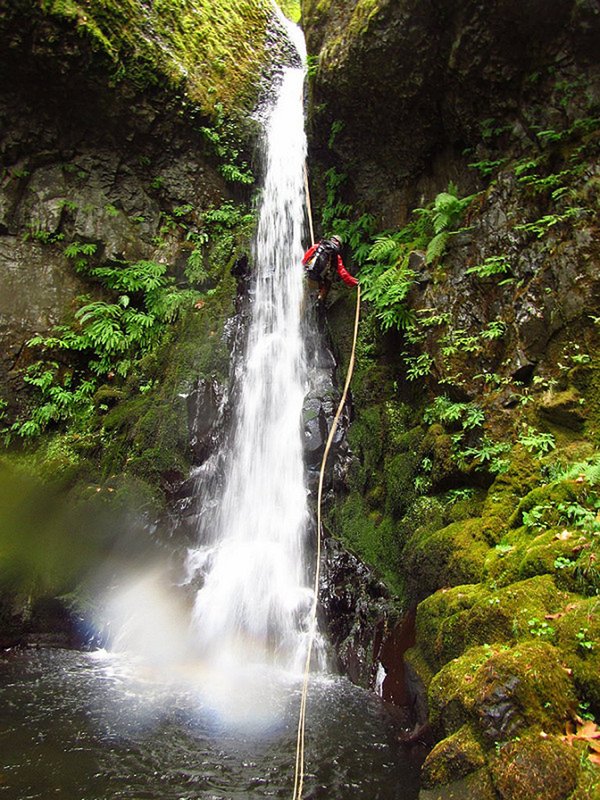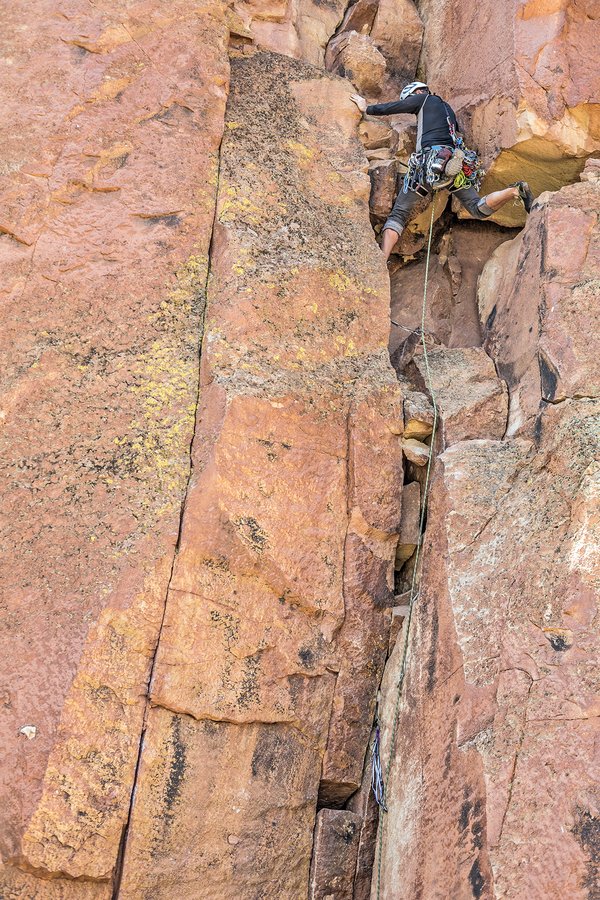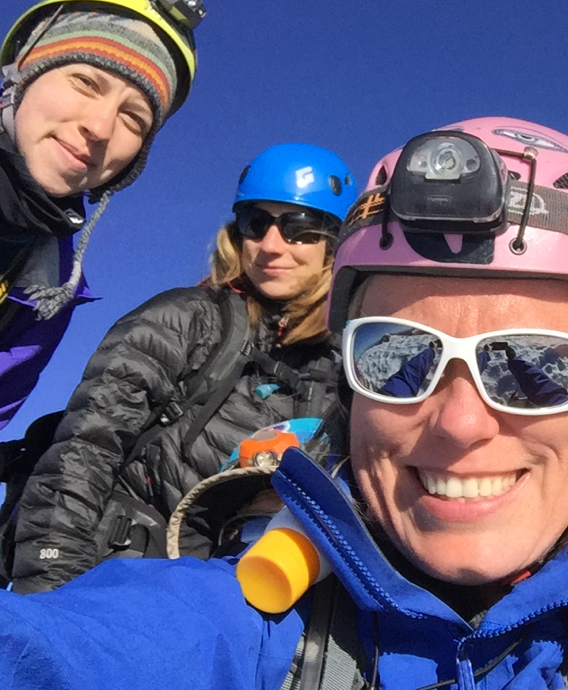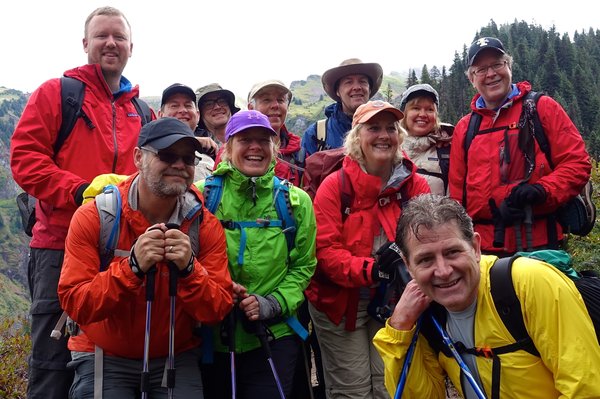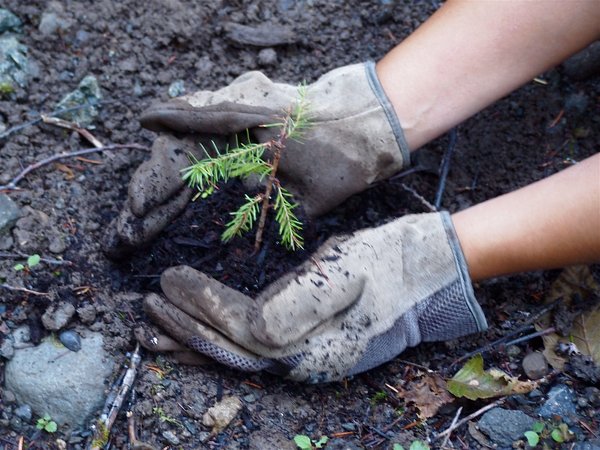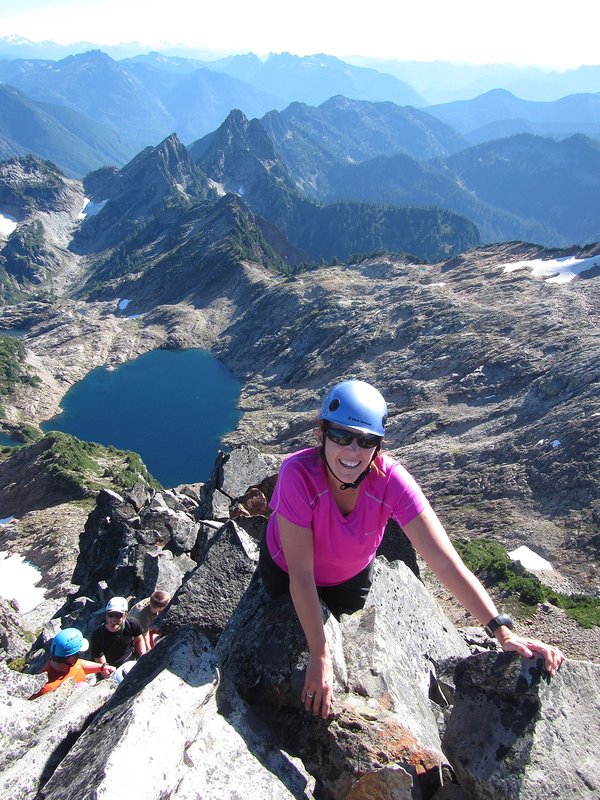Activity Notes
10 miles and 3,000 ft of elevation
We'll do two hikes in the drier Eastern Gorge on a Saturday that's rainy in Portland and sunny in the Gorge by afternoon. Lyle Cherry Orchard is a hike with a gorgeous view. Then Weldon Wagon Road if time permits, 10 miles and 3,000 ft of elevation between the two hikes. See full descriptions below. Hikers who come unprepared or who are not in competent physical condition will be turned away.
We'll meet at Gateway Transit Center at 7:30 on Saturday, leaving at 7:40. I have a red Honda Fit. Volunteers who own cars will need to be ready and willing to drive.
Lyle Cherry Orchard
Distance: 5.2
Elevation Gain: 1,250
Friends of the Columbia Gorge founder Nancy Russell purchased the core of this 500+ acre property and, over the years, added parcels to the west that abut the town of Lyle. Until 2009, the property was under Nancy's name, but then she bequeathed it to the Friends. Long before that, a hiking trail open to the public allowed visitors to climb above the rimrock layers and visit the old homestead site labeled by Nancy as the "Cherry Orchard" after the few old cherry trees that remained. This hike offers ever expanding views to the east and west as it climbs to the oak forest that cloaks the upper slopes. Poison oak abounds along most sections of the trail, so stick to path and keep your dog on a leash. The wildflower season here begins in February with the early grass widows and Columbia desert parsley and runs into June.
The unsigned trail begins at the east end of the parking area under an imposing basalt spire. It climbs through a scrub oak forest carpeted with poison oak. Soon reach an old road bed, the remains of entrepreneur Sam Hill's "convict road" (See below). Follow the road to the left. You'll come to a beautiful trailhead sign at the western edge of the defile. There a boot brush here that you should use both going in and coming out (The main invasive culprit here is yellow star thistle, which blooms in the summer). Just behind the sign is a metal box of releases. This is Friends of the Gorge land, but they have permitted the public access with a signed release. The release simply says that each hiker assumes all risks from hiking on the property and that the landowner isn't responsible for any injuries or problems. The hikers also agree to not start a fire. To left of the sign, the convict road runs out to the rimrock cliffs.
The trail leaves the old road and starts up a small draw, which blooms with prairie star, fiddleneck, and lupine in the spring. Switchback and arrive at an open meadow blooming with death-camas in April. A user trail leads left across the lower of the two Lyle benches, and here you get views across bright clumps of poison oak to Sevenmile Hill, Crates Point, and The Dalles. To the west, past McCall Point, you'll see the summit of Mount Defiance. Switchback twice more up an open slope which brightens with the yellow blooms of balsamroot in spring. After almost a mile, there's a side trail heading west into the large flat area of the upper Lyle Bench. An excursion here offers a great view of the town of Lyle from the west end of the bench.
The trail rises steeply up to the east and switchbacks at a post. Notice the bright green vines of wild cucumber (big root) on the slope. Switchback into an oak copse, and get views of Sevenmile Hill on the Oregon side of the Rowena Gap. Switchback again to the summit of the trail about 1.3 miles from the trailhead. From here, the going gets dramatically easier. The path works its way east, with slight ups and downs, through a carpet of buttercup and lupine in the scrub oak forest. At Mile 1.5, after one more switchback, come to a small, seasonal pond that's just packed with butterflies in the early spring. Ponderosa pines and chocolate lilies enter the forest mix here. At about Mile 2.4, you'll come to an old farm road.
Turn right here, and pass a collection of rolled up fencing from a 2015 project that removed most of the fences on the property. Pass an old homestead site at the edge of a grassy area. The path splits, so head left to the top of a grassy knoll that offers commanding views east to Crates Point and The Dalles. Down the slope a few yards are two ancient cherry trees, gnarled, broken, and half-dead, all that remains of the Lyle Cherry Orchard. A lot has happened in the world since these trees were planted. Hidden away on this hill, the world has pretty much passed them by. Plan on spending a little time with the old girls. They're old and frail, but they're not quite done yet. The cherry trees are most noticeable in April, when their last living branches bloom. Other white-blooming shrubs in the area are serviceberry. Below, on the edge of the oaks, is a line of posts, some harboring nesting boxes.
Descend the grassy knoll, and follow a path south into the oak woods. This trail ambles along through the buttercups, passing your return junction. Continue until the vista opens westwards above the rimrock: from here, you can see back to McCall Point and Mount Defiance. This is a great picnic spot on a sunny day with light wind! Then return to the last junction, and go left to return to the Lyle Cherry Orchard.
Weldon Wagon Trail
Distance: 5.2
Elevation: 1,845
Settlers living on the heights above Husum used to employ sleds to ferry their produce down to "town." Apples were the prime product at that time, and they had to get to market. In the early 1900s, Elwin Weldon and Henry Hyndman built a wagon trail to lead down the slope to the White Salmon River. The road has now been converted to a hiking trail that offers expansive white oak woodland at its beginning and end as well as wide-ranging vistas in between on open slopes that bloom with balsamroot, paintbrush, and other wildflowers in the spring. Beginning on private land, the trail then accesses the White Salmon Oak Natural Resources Conservation Area.
NOTE: The best time to hike this trail is in the spring, when the wildflowers put on a show. In late summer/early fall, because the trail crosses some private land, the landowners reserve the right to block access when there is high fire danger.
Walk up an abandoned road under oaks, Douglas-fir, big-leaf maples and hazel. Hound’s tongue blooms here and there in mid-spring. A sign points out the trail leading off the road bed when you get into deeper woods. The trail rises gradually under oaks and Douglas-fir. Poison oak is proliferous here. Exit the woods at a grassy slope shaded by oaks, which are just budding out. A ponderosa pine stands sentinel. Hike up under oaks, and cross two small seeps below a flower meadow. At an open slope, get a view up the Indian Creek valley. Head into oak woods and then back out. You can see the trail heading up the open hillside opposite. There are great views back to the White Salmon valley. Hike on balsamroot slopes and pass a sign saying you’re entering the White Salmon Natural Resources Conservation Area. Look for views south to Mount Hood. Keep up the open slope and get views down to the valley and across to the Monte Carlo Ridge. Keeping ever upward, enter Douglas-fir/oak woods and hook left past several No Trespassing signs on both sides of the trail. There are a couple of private trails that cross the main trail. Pass below a dwelling: shortly thereafter the trail levels at an interpretive sign about Oregon white oak. Just before this, a scratch of a trail heads left into the White Salmon NRCA. The wagon trail leaves the woods and heads along a Douglas-fir/ponderosa plantation and down a grassy track past rusting farm equipment to the Sanborn Road Trailhead.

